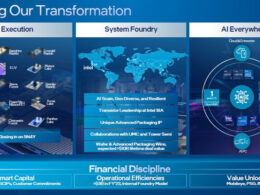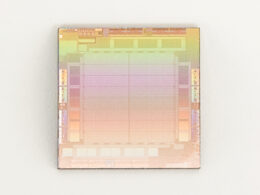Reviving Legacy GPUs for the Linux Community
Earlier this year, a dedicated employee at Valve embarked on a mission to breathe new life into older AMD graphics cards by enhancing their support on Linux systems. This effort is now advancing with proposals to update the Linux kernel, enabling these legacy cards to utilize modern drivers by default. This move holds particular significance for the Linux gaming community and beyond.
Focus on GCN 1.1 Architecture
The initiative centers on graphics cards built on the GCN 1.1 architecture (also known as GCN 2.0), including popular models such as the Radeon R9 290/390, HD 7790/8870, R7 260/360/450, RX 455, and the FirePro W5100. This also encompasses numerous mobile variants from the same generation.
Notably, many of these cards still possess the capability to handle contemporary gaming titles, emphasizing their value beyond just routine tasks.
Defaulting to Modern Drivers
The proposed change to the Linux kernel will primarily allow these graphics cards to operate with the AMDGPU driver as the default. This driver is pivotal as it ensures support for Vulkan 1.3 through RADV, a critical component for modern game development and performance enhancement.
In an ambitious move, the proposal also suggests enabling this driver as a default option for even older adapters operating on the GCN 1.0 architecture.
Why This Matters
AMD’s decision underscores a broader trend in the technology industry: a commitment to prolonging the lifespan of existing hardware and augmenting the user experience through open-source innovation. This trend is vital as it reflects the increasing consumer demand for sustainable and cost-effective tech solutions.
The support for Vulkan 1.3 not only leverages advanced graphics capabilities but also aligns with the ongoing integration of sophisticated gaming technologies, benefiting both developers and end-users.
Comparison and Future Outlook
When contrasted with practices by other GPU manufacturers, AMD’s approach highlights a strategic inclination towards inclusivity in hardware support. It sets a benchmark for rivals, urging them to consider extending similar enhancements to their archival products.
Looking ahead, this initiative could lead to increased adoption of Linux among gamers, potentially driving more developments in the Linux gaming ecosystem. The proposal marks an essential milestone in ensuring that legacy technologies remain relevant and reliable.





